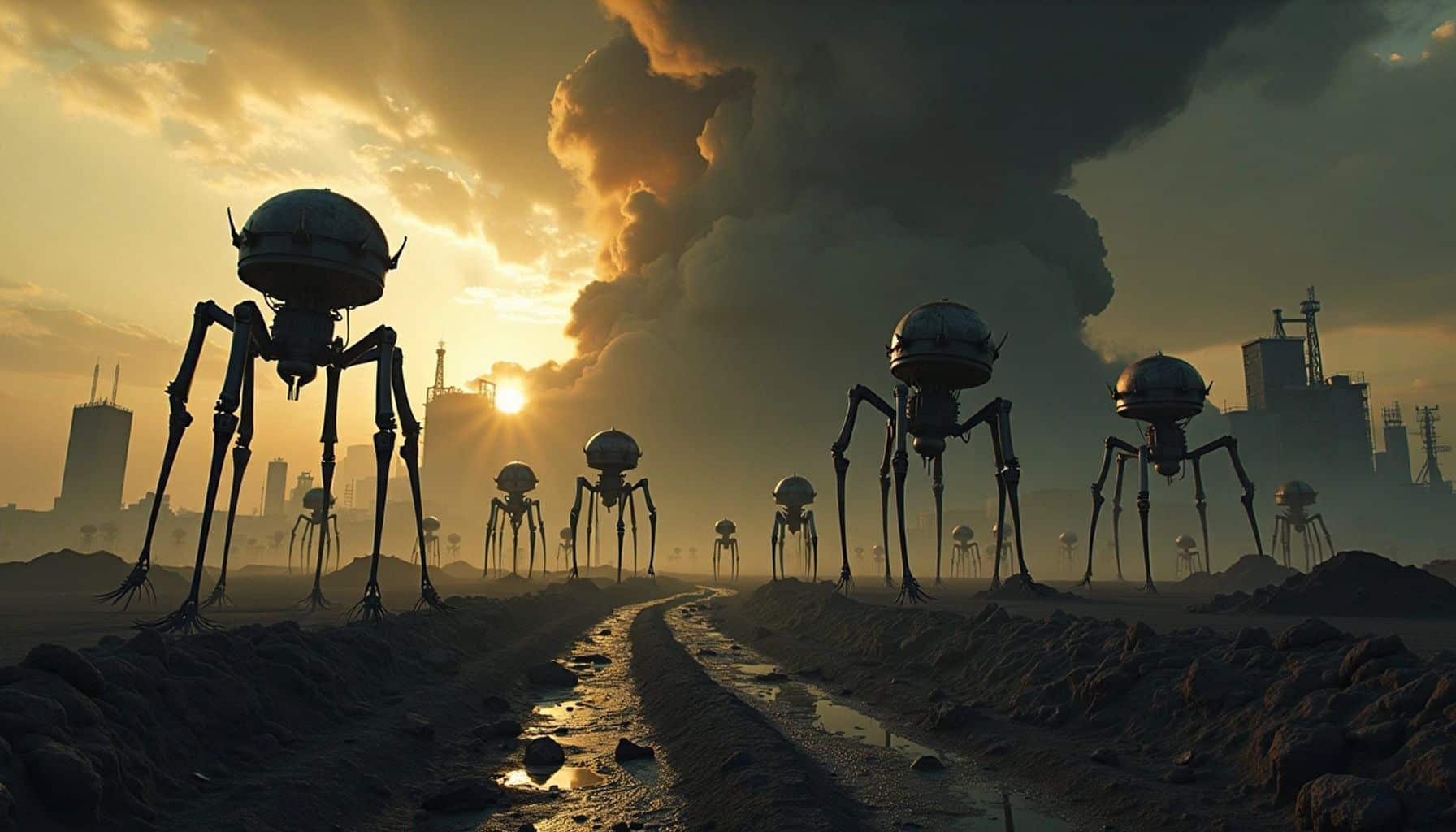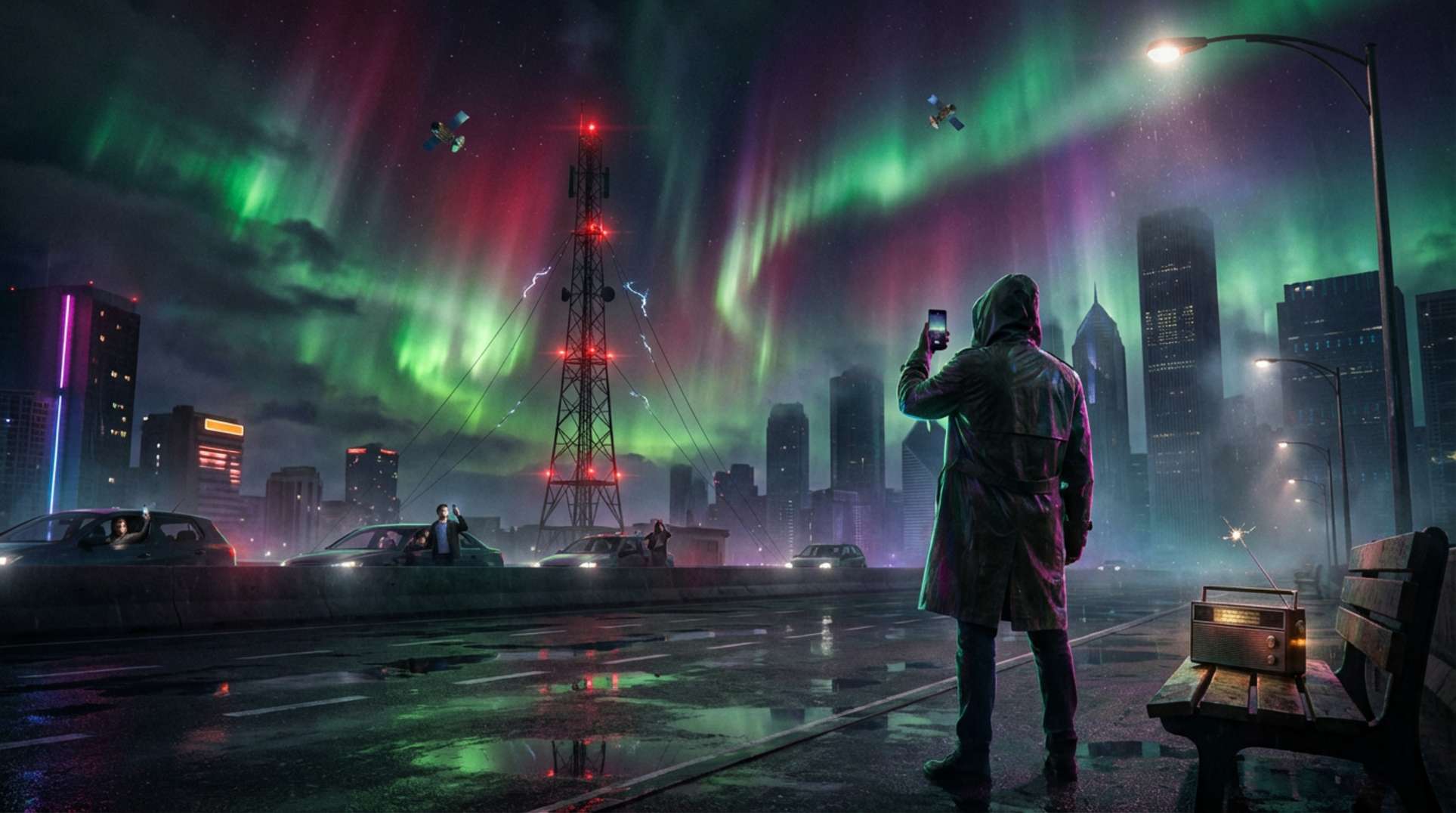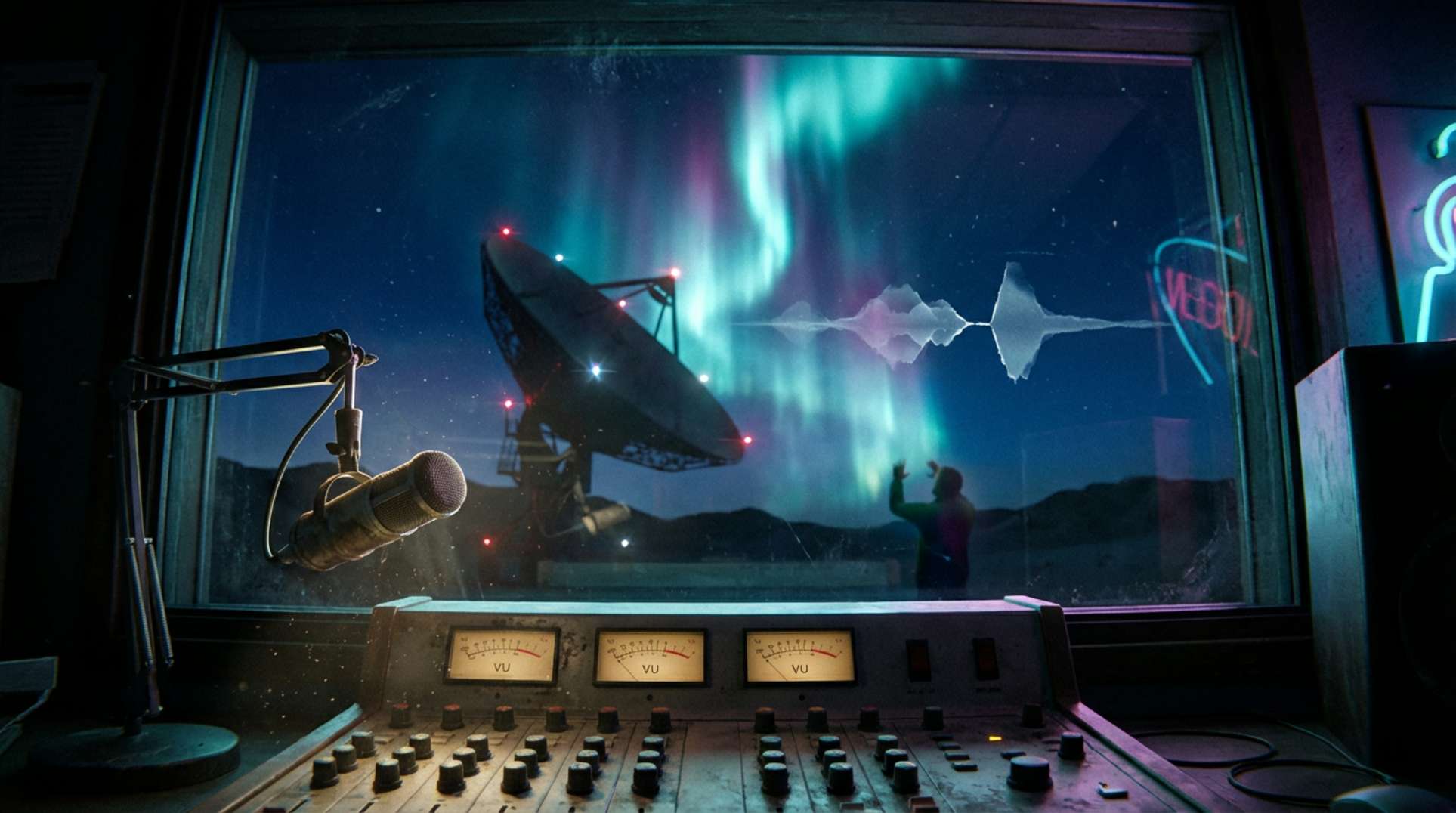On August 6, 1945, the United States dropped the atomic bomb known as "Little Boy" on Hiroshima, Japan. This catastrophic event marked a turning point in history, resulting in immediate devastation and long-lasting consequences for the survivors. While over 78,000 people perished instantly, many survivors faced unimaginable horrors in the aftermath.
Key Takeaways
- The atomic bomb caused immediate and catastrophic destruction.
- Survivors experienced severe physical and psychological trauma.
- The long-term effects of radiation exposure were devastating.
The Immediate Aftermath
The bomb detonated just before reaching the ground, unleashing a force equivalent to 20,000 tons of TNT. The initial explosion obliterated the city, leaving behind a landscape of chaos and despair. Survivors like Akiko Takakura and her friend Asami were inside a bank when the bomb struck. They felt the shock wave and struggled to comprehend the devastation around them.
- Akiko’s Experience: After the explosion, Akiko felt a painful squeezing in her lungs and struggled with an overwhelming thirst. The bomb had evaporated all moisture within a two-kilometer radius, leaving survivors desperate for water.
The Horrors of Black Rain
As Akiko and Asami stepped outside, they were met with a hellish scene. The sun was obscured, and the landscape was bathed in a red glow from the fires consuming the city. They witnessed the charred remains of people, some reduced to mere shadows of their former selves.
- Black Rain: The rain that fell was toxic, filled with radioactive particles. Despite its foul taste, Akiko and Asami drank it, driven by their insatiable thirst. Asami would later succumb to radiation sickness, highlighting the grim reality of survival.
The Perspective of Children
Hiroshi Eto, a schoolboy, emerged from the rubble to find his classmates severely burned. The sight of dying schoolgirls at the swimming pool haunted him. He described the eerie silence of the burned children, moving like automatons, resigned to their fate.
- Yoshikata’s Escape: Another survivor, Yoshikata, found himself surrounded by dying children, their hands reaching out for help. The trauma of witnessing such suffering left an indelible mark on him.
The Ant Walkers
Many survivors were referred to as "ant walkers" due to their mechanical movements and burned appearances. They wandered through the wreckage, murmuring for water, resembling the mindless movements of ants.
- Father Matias’s Encounter: Father Matias witnessed the aftermath and became one of the ant walkers himself. He saw horrific sights, including a woman carrying her dead child, and was overwhelmed by guilt and despair.
The Long-Term Consequences
The aftermath of the bomb was not just physical destruction but also psychological trauma. Survivors faced acute radiation sickness, infections, and long-term health issues. The cleanup process was grim, with rescue workers encountering unimaginable horrors.
- Psychological Toll: Many rescuers and survivors struggled with haunting memories of the dead and dying. The emotional scars of that day remain, even decades later.
Conclusion
The stories of Hiroshima’s survivors reveal a harrowing reality that goes beyond the immediate destruction of the atomic bomb. The experiences of those who lived through it serve as a reminder of the profound impact of war and the resilience of the human spirit. The legacy of Hiroshima continues to resonate, urging us to remember and learn from the past.




